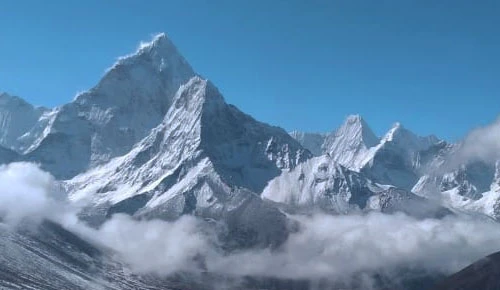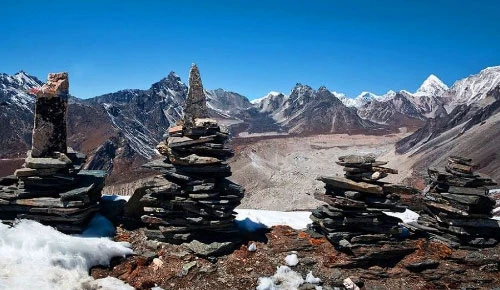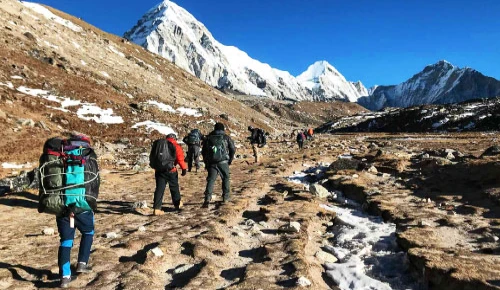Beginners' Trekking Tips in Nepal
Trekking in Nepal is an incredible experience that offers breathtaking mountain views, diverse cultures, and challenging trails. However, for beginners, the prospect of trekking in Nepal can be daunting. There are a lot of factors to consider, from choosing the right trek for your skill level to staying safe on the trail and respecting local customs. That's why we've put together this guide with 10 tips for beginners while trekking in Nepal.
Table of Contents
Choosing the right trek for your skill level
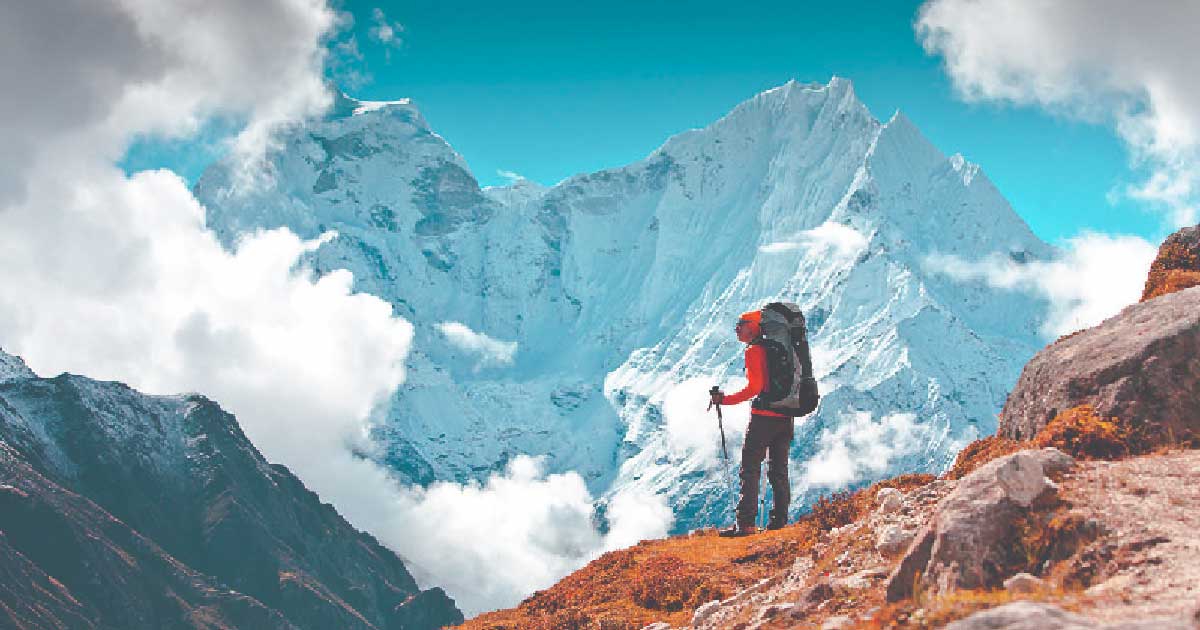
Choosing the right trek for your skill level is crucial for a successful trekking experience in Nepal. It is important to assess your fitness level and experience beforehand to determine which trek is best suited for you. For beginners, there are many easy and moderate treks available, such as the Ghorepani Poon Hill Trek and the Langtang Valley Trek. These treks offer stunning views and are relatively short in duration, making them perfect for less experienced hikers. Some other popular beginner trekking routes in Nepal include Annapurna Base Camp Trek and Everest View Trek. It is important to research different options and choose a trek that matches your fitness level, interests, and goals.
Physical Training for your trek

Training for your trek is an essential aspect of preparing for a successful trekking experience in Nepal. Before embarking on your journey, it is important to develop a training regimen that includes both strength training and cardio exercises. Strength training can help build the muscles necessary to carry a backpack and navigate the rugged terrain of the Himalayas. Cardio exercises such as running, cycling, and swimming can help build endurance and improve cardiovascular health, which is especially important when trekking at high altitudes. Additionally, specific workouts that simulate high-altitude conditions, such as training with a mask or hiking on a stair climber, can help with altitude acclimatization. By preparing your body in advance, you'll be able to enjoy the breathtaking scenery of Nepal with ease and reduce the risk of altitude sickness.
Packing essentials and tips for packing light

Packing for a trek in Nepal can be a daunting task, but it doesn't have to be. The right gear and equipment can make all the difference when it comes to your comfort and safety on the trail. When packing for a trek, it's important to prioritize the essentials, like proper footwear, warm layers, and a good quality backpack.Also, packing efficiently and minimizing weight can make a huge difference in how enjoyable your trek is. Some tips for packing light include selecting lightweight, multi-purpose items, leaving unnecessary items behind, and packing smartly to distribute weight evenly. By packing smart and bringing the right gear, you can ensure a comfortable and successful trek in Nepal. Some essential gear and equipment for trekking in Nepal include a warm sleeping bag, a waterproof and windproof jacket, a sturdy backpack, hiking boots or shoes with good traction, and moisture-wicking clothing. Don't forget to also pack sunscreen, a hat, sunglasses, and a first-aid kit. With the right gear and some packing tips, you'll be ready for a memorable trek in Nepal.
Staying safe on the trail: tips for avoiding altitude sickness, falls, and other hazards
Staying safe on the trail is one of the most important things to keep in mind while trekking in Nepal. To avoid altitude sickness, it's important to acclimate slowly and stay well-hydrated. In addition, trekkers should be aware of the symptoms of altitude sickness and be prepared to descend if necessary. To avoid falls and other hazards, it's important to stay alert and focused on the trail, wear appropriate footwear, and use trekking poles for stability. Other hazards to watch out for include landslides, rockfalls, and inclement weather. By following these trekking safety tips and being mindful of potential dangers, trekkers can enjoy a safe and rewarding experience in Nepal's stunning landscapes.
What to expect from local accommodations and facilities

When trekking in Nepal, it's important to be prepared for the types of accommodations and facilities you'll encounter on the trail. The most common types of accommodations are teahouses, which are basic lodges that offer rooms and meals for trekkers. These range from very basic to more comfortable options with private rooms and hot showers. In addition to teahouses, some trekking routes may have camping facilities or homestay options with local families. When booking accommodations, it's important to consider factors such as cost, cleanliness, and availability of amenities like hot water and Wi-Fi. We also provide assistance with booking accommodations, but it's also possible to book on your own.
Preparing for cultural differences and customs

When trekking in Nepal, it's important to be aware of the cultural differences and customs you may encounter. Nepali culture is diverse and vibrant, with unique traditions and customs that may differ from what you're used to. To be respectful and avoid cultural misunderstandings, it's important to do some research beforehand and learn about local customs, such as dress codes, social norms, and religious practices. For example, travelers should be aware that it's considered rude to touch someone's head or feet in Nepal, and that conservative dress is appropriate in many areas. By being aware of and respectful towards local customs, you'll be able to make the most of your trekking experience and show your appreciation for Nepali culture.
Budgeting and money-saving tips for your trek
Budgeting and money-saving tips are essential for anyone planning a trek in Nepal. Travelers can save money by opting for affordable accommodations, eating at local restaurants, and taking public transportation instead of hiring private vehicles. Additionally, choosing less popular trekking routes can help reduce costs. To budget for the trip, travelers should research the cost of food, accommodations, permits, and transportation in advance and create a detailed itinerary to avoid overspending. By following these tips, trekkers can enjoy the natural beauty of Nepal without breaking the bank.
Choosing the right time of year to trek

Choosing the right time of year to trek in Nepal is crucial for a safe and enjoyable trekking experience. Nepal has four distinct seasons: spring, summer, autumn, and winter. The best time to trek in Nepal depends on your preferences and goals. For instance, the spring and autumn seasons offer pleasant weather conditions and clear skies, making it the perfect time for trekkers who want to experience the breathtaking views of the Himalayan peaks. The summer season can be hot and humid, but it is also the best time to trek in the rain-shadow areas of the Himalayas. The winter season, on the other hand, can be cold and snowy, but it is also the best time for trekking at lower altitudes. It's important to research the weather conditions for trekking in Nepal and choose the best time based on your trekking goals and preferences.
How to hire a reputable trekking guide or company
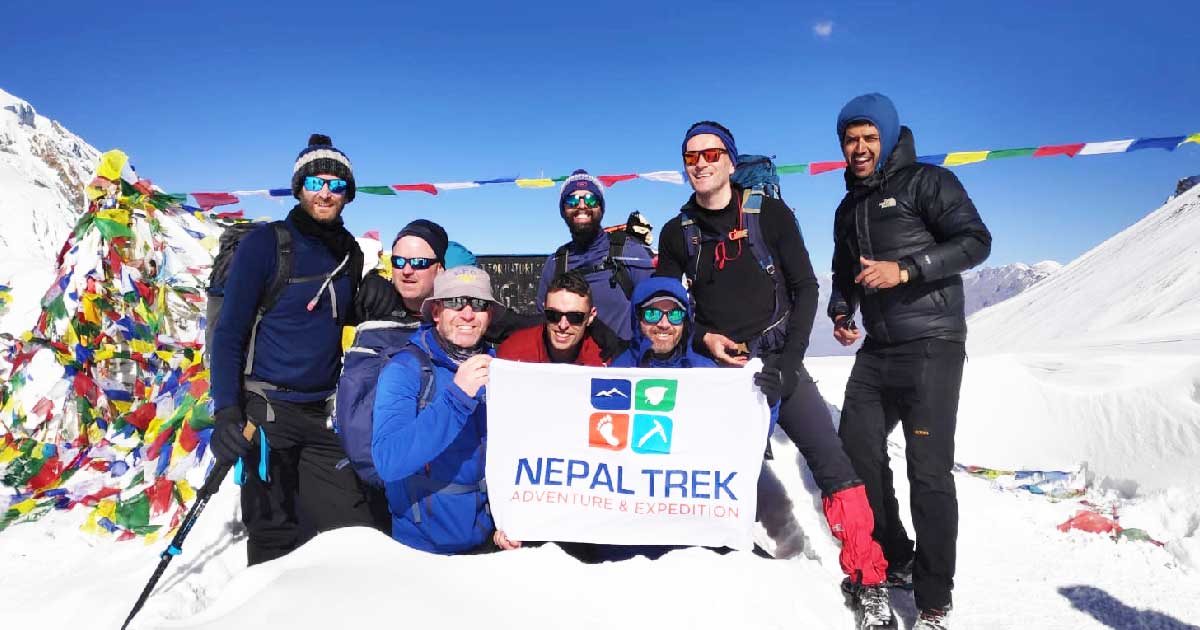
When it comes to trekking in Nepal, hiring a reputable and experienced guide or company can make all the difference in your trekking experience. To find the right guide or company for you, start by doing research online and reading reviews from past clients. Look for guides or companies that are licensed and have a good reputation for safety and quality service. When you contact a potential guide or company, ask for references and be sure to ask questions about their experience, training, and qualifications. It's also important to discuss your trekking goals and expectations upfront, as well as any concerns or medical issues you may have. By taking the time to find the right guide or company, you can ensure a safe and enjoyable trekking experience in Nepal.
Tips for minimizing your impact on the environment and respecting local communities
When trekking in Nepal, it's important to be a responsible traveler and minimize your impact on the environment and local communities. Some ways to do this include packing out all of your trash, using biodegradable products, and staying on designated trails to avoid damaging fragile ecosystems. Additionally, respecting local cultures and customs is crucial. Be mindful of appropriate dress and behavior, ask before taking photos, and learn a few phrases in Nepali to show respect for the local language. Supporting local businesses, such as buying handmade crafts or eating at locally-owned restaurants, can also help give back to the local economy and support sustainable tourism. By following these tips for sustainable and responsible trekking in Nepal, you can help protect the environment and support the communities you visit.
Lists of some of the easy treks for the beginners
Here are the lists of some of the easy hikes offered by Nepal Trek Adventures that beginners can do without any difficulty. Some of these packages also include helicopter tours which can make the hiking more exciting as you can enjoy the beauty of nature from different perspectives.









